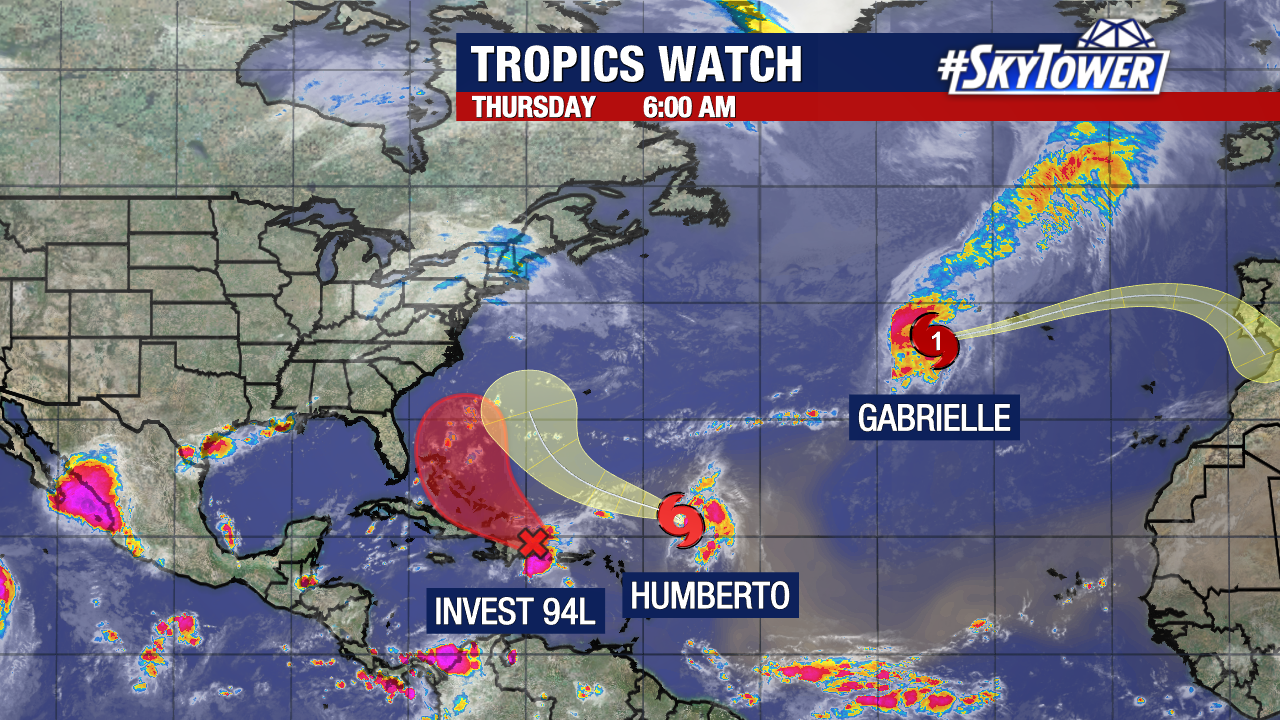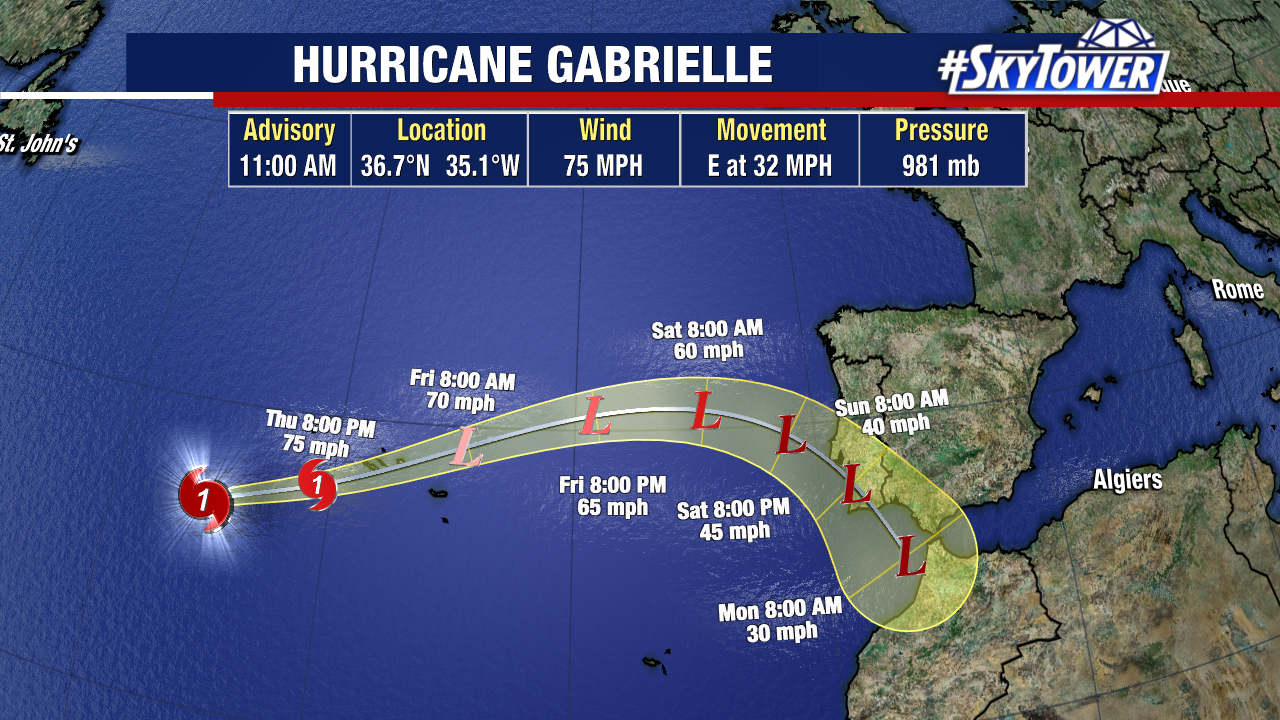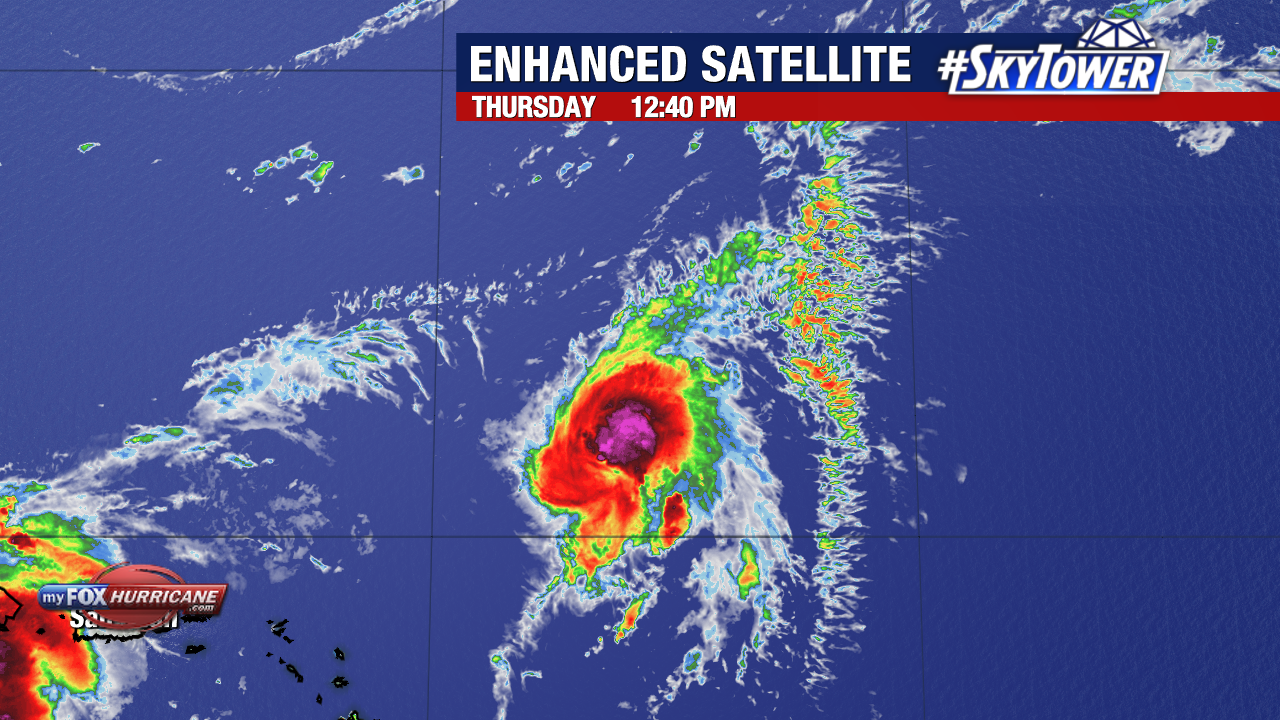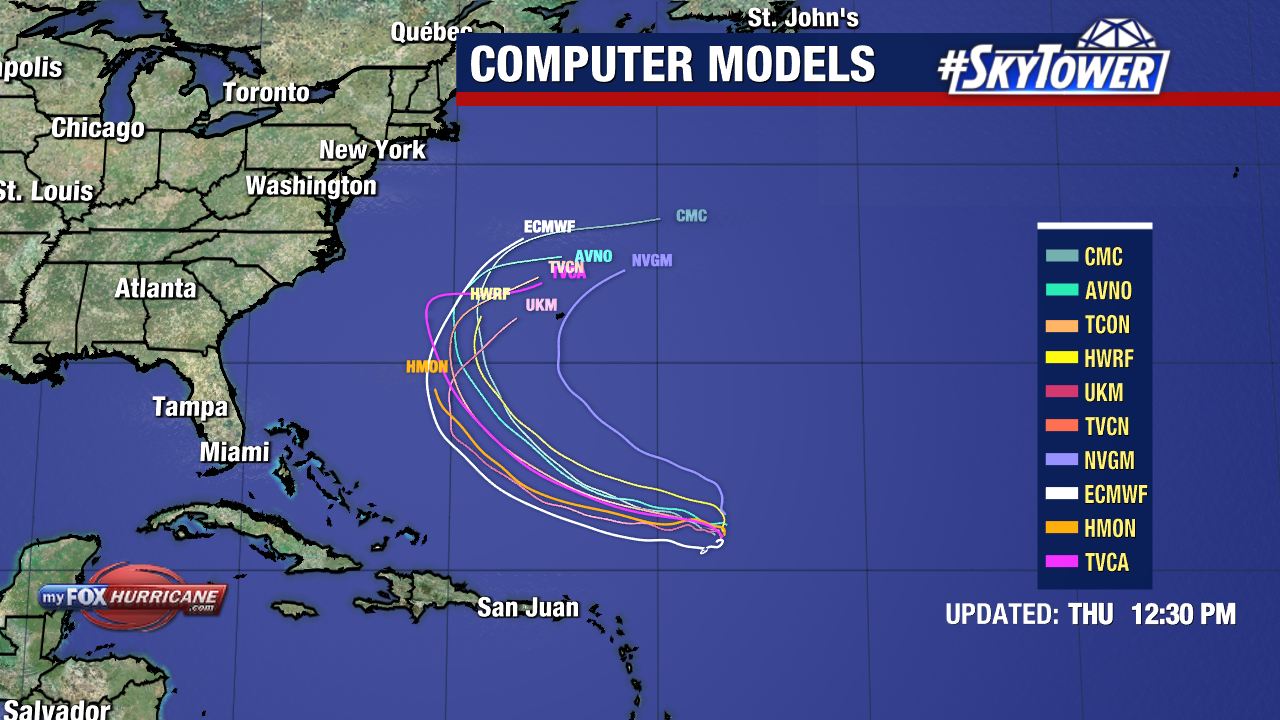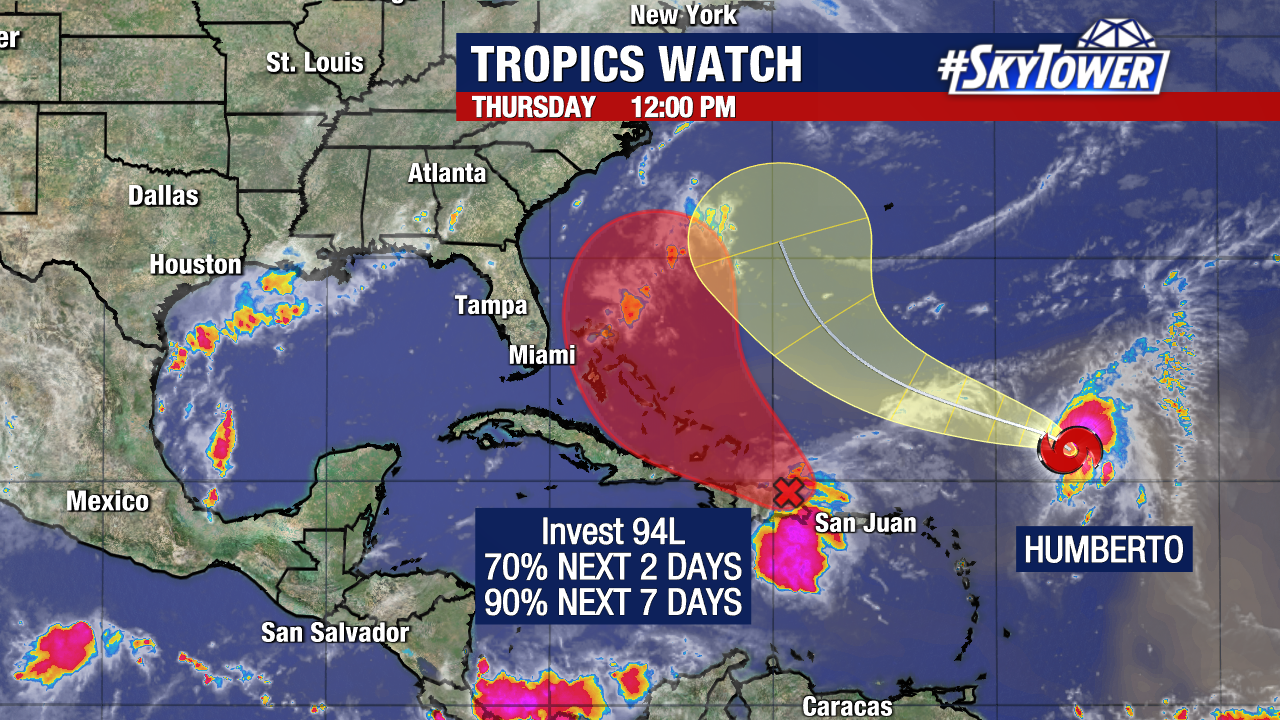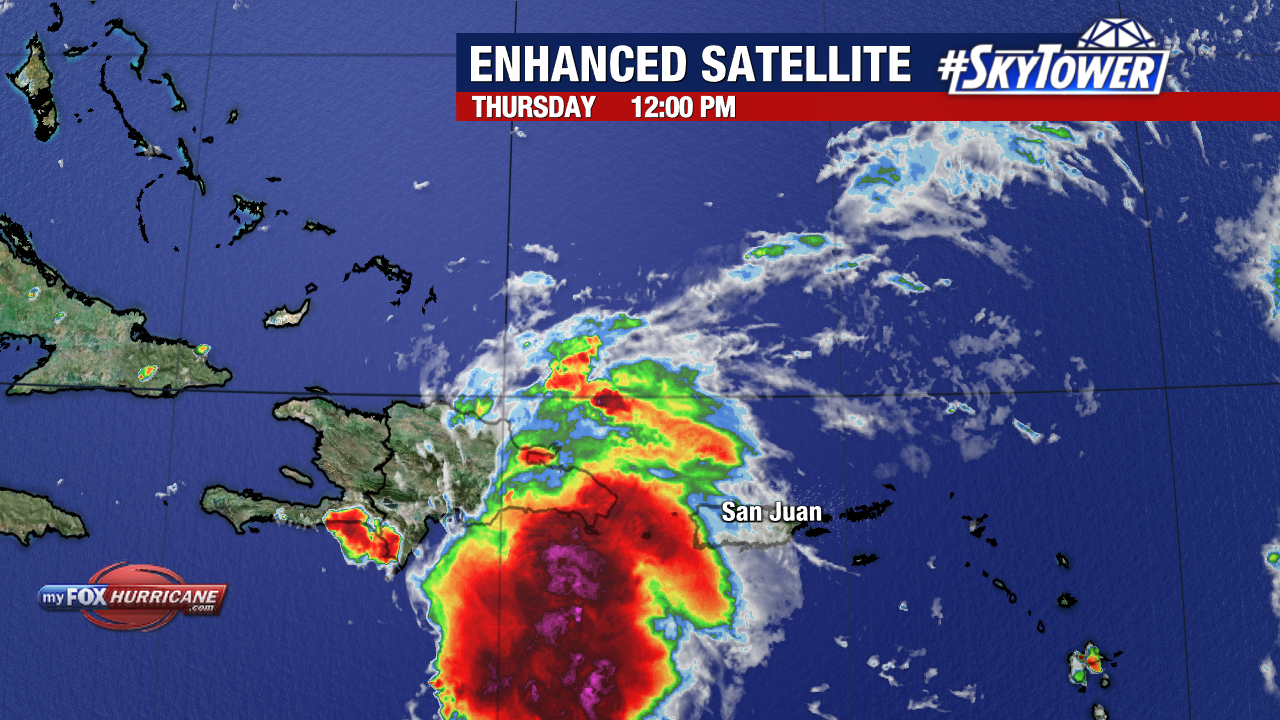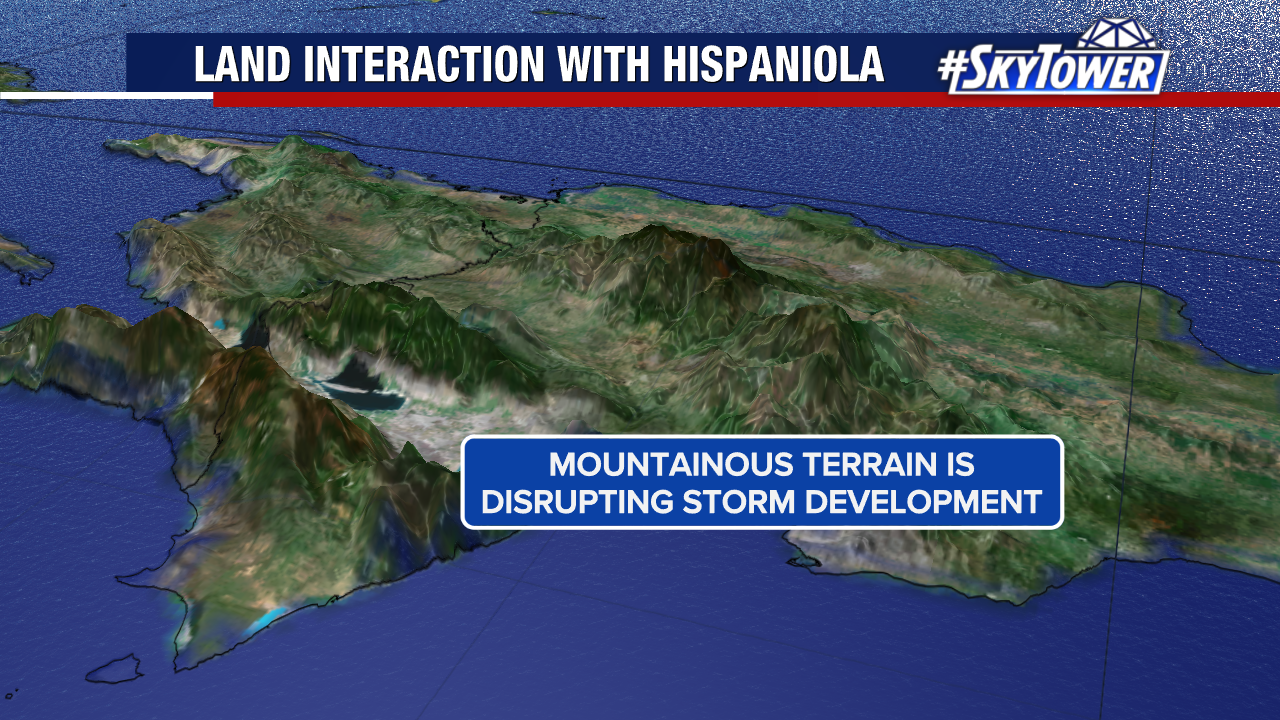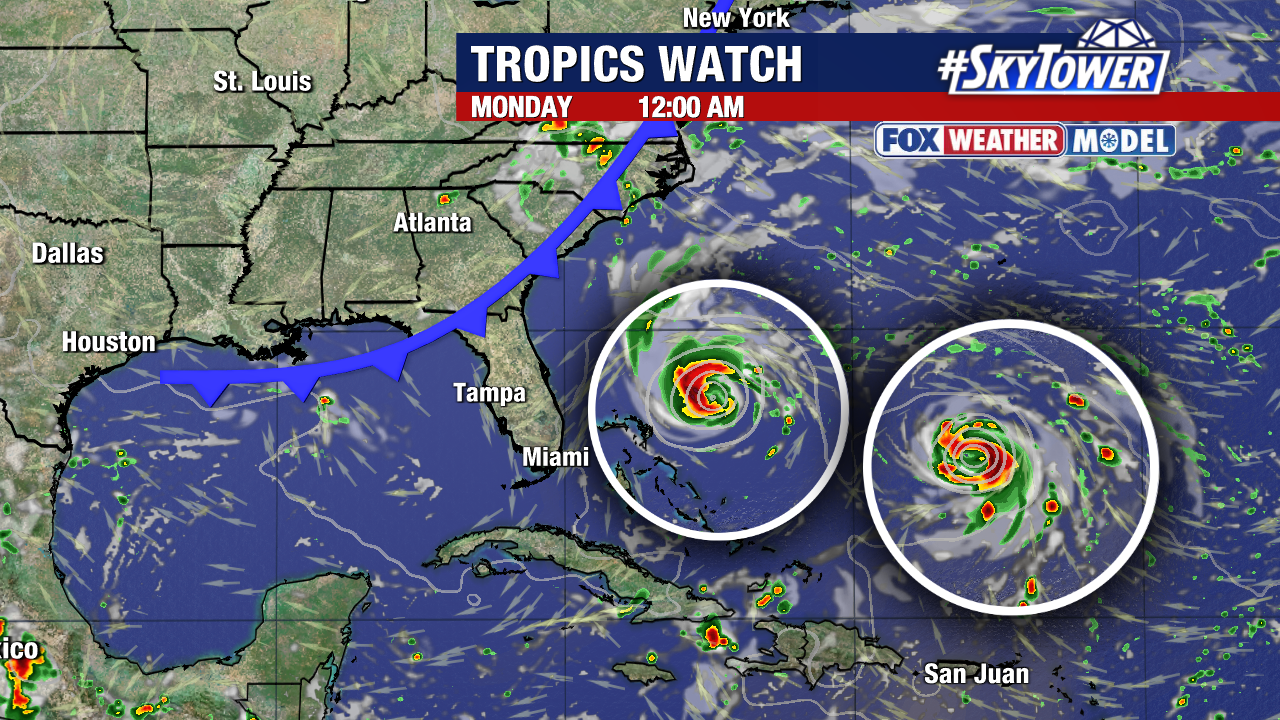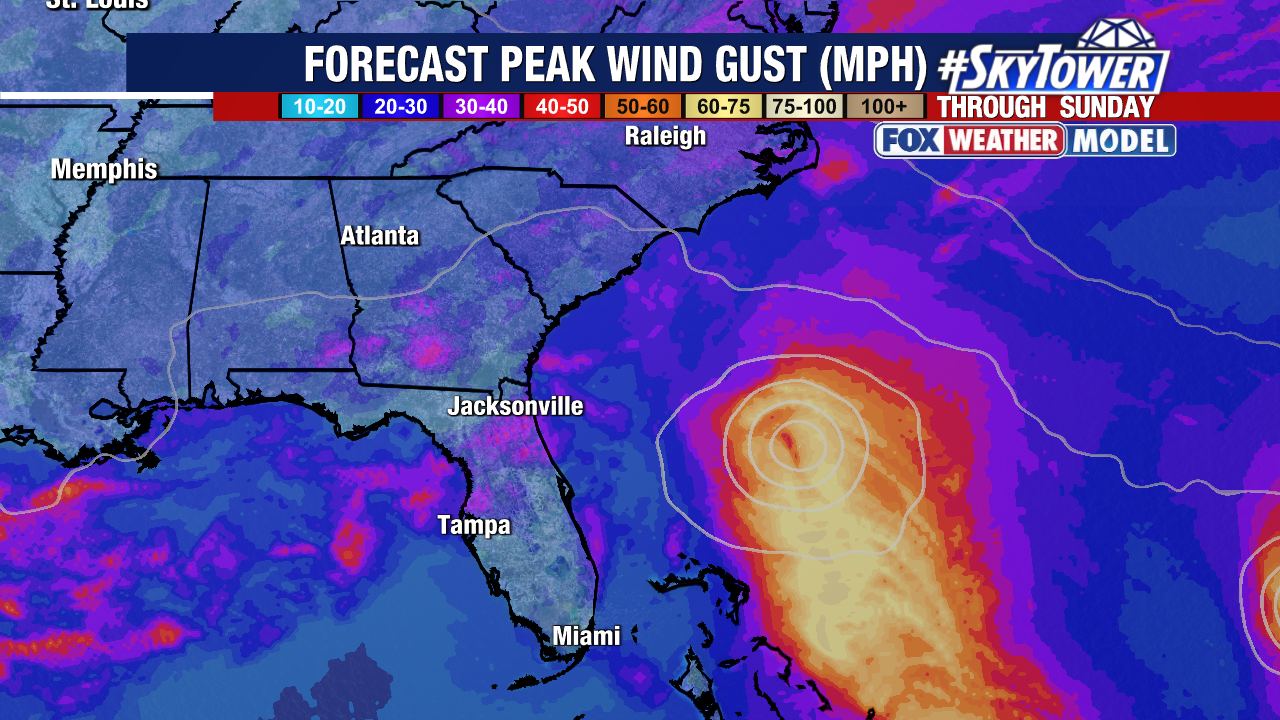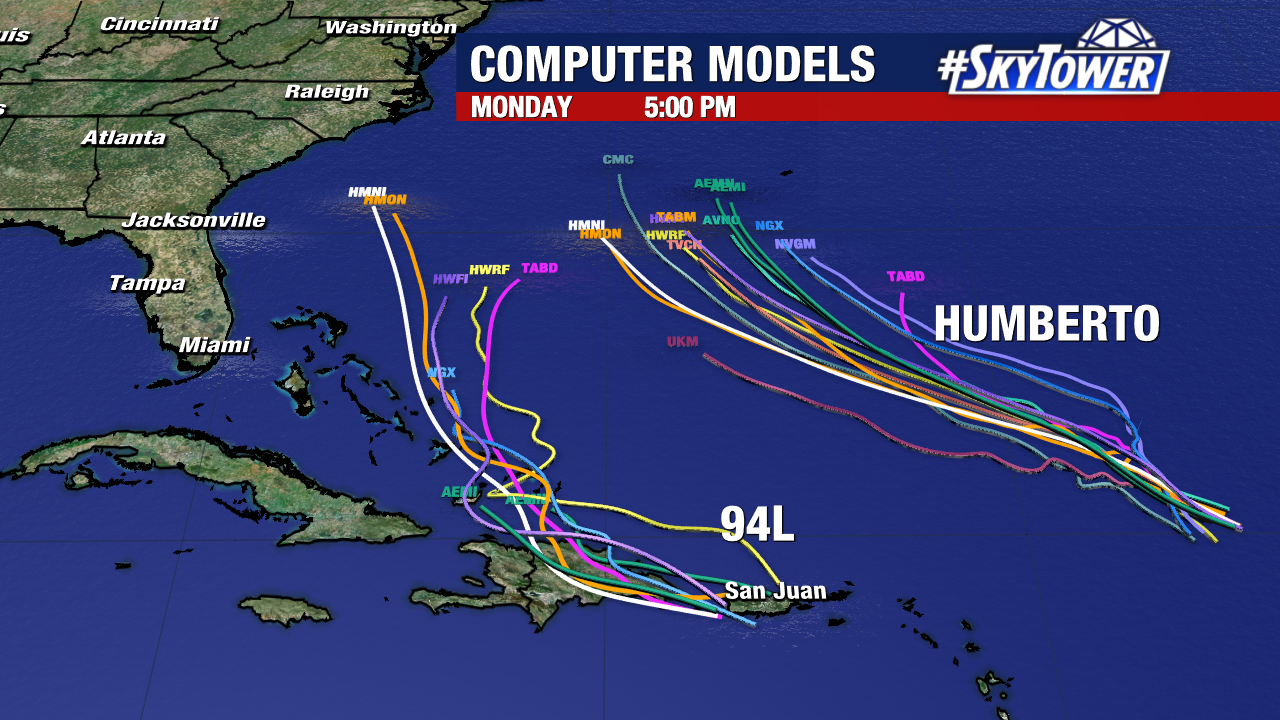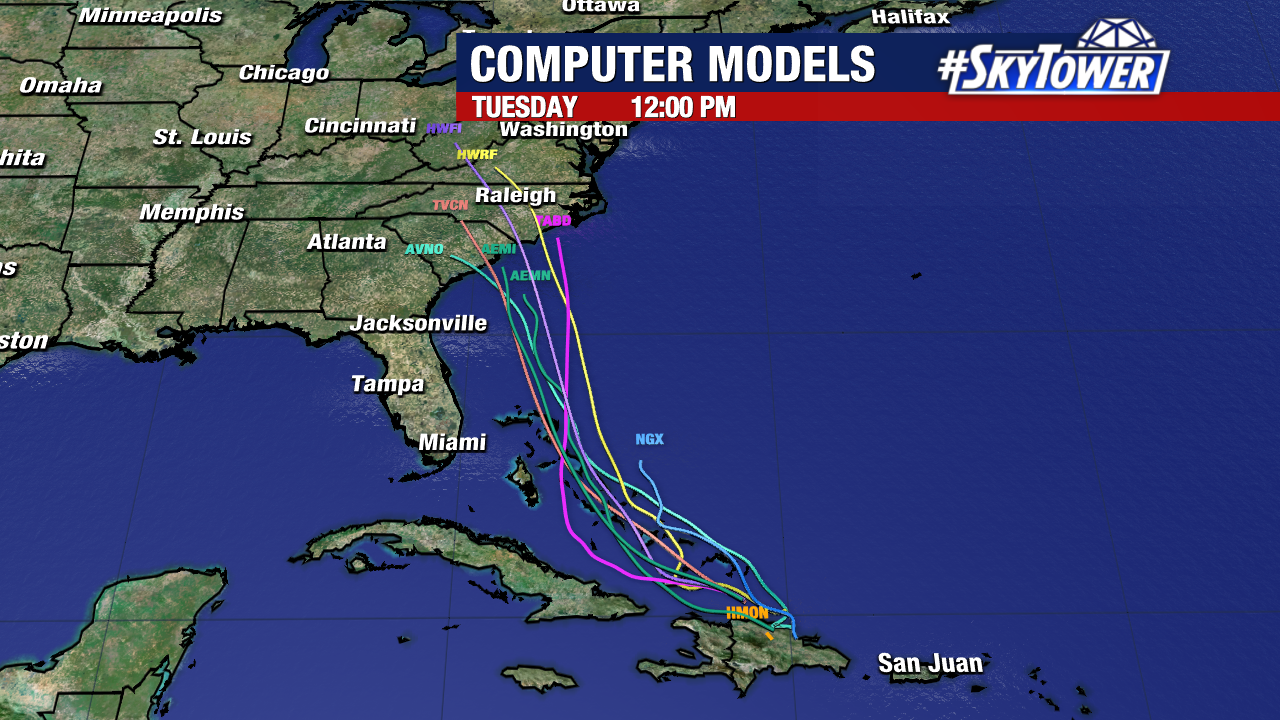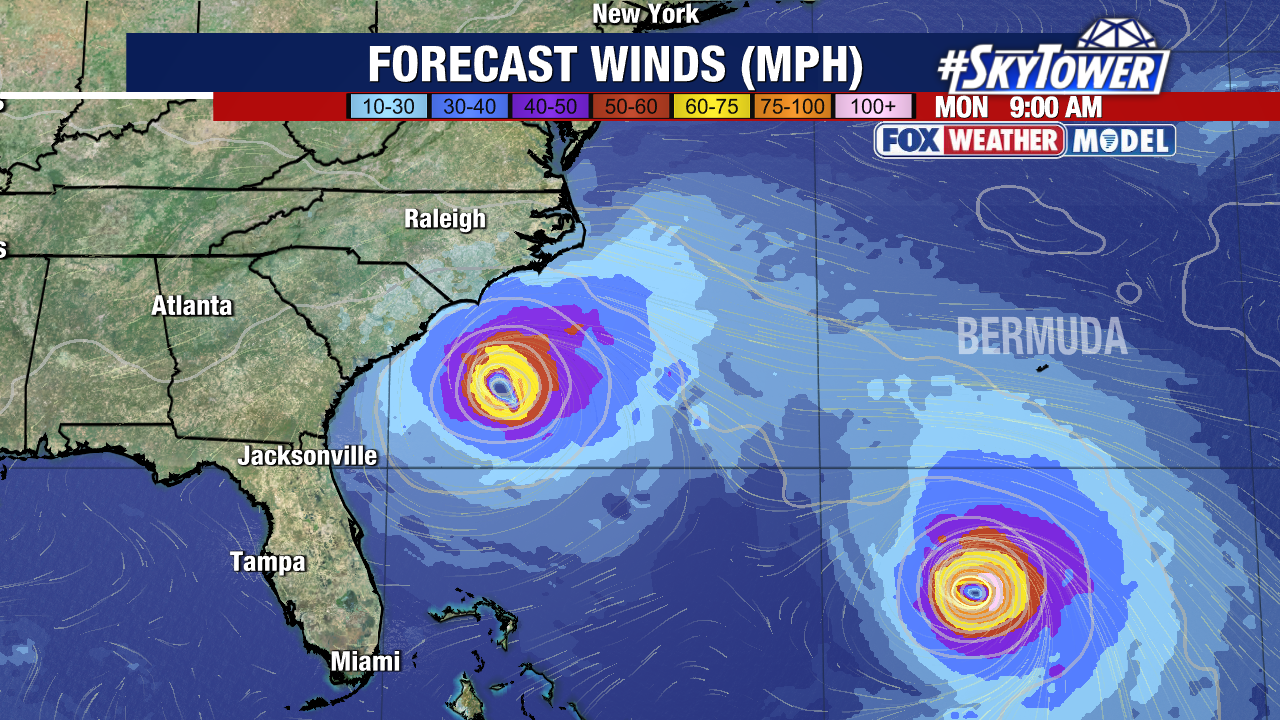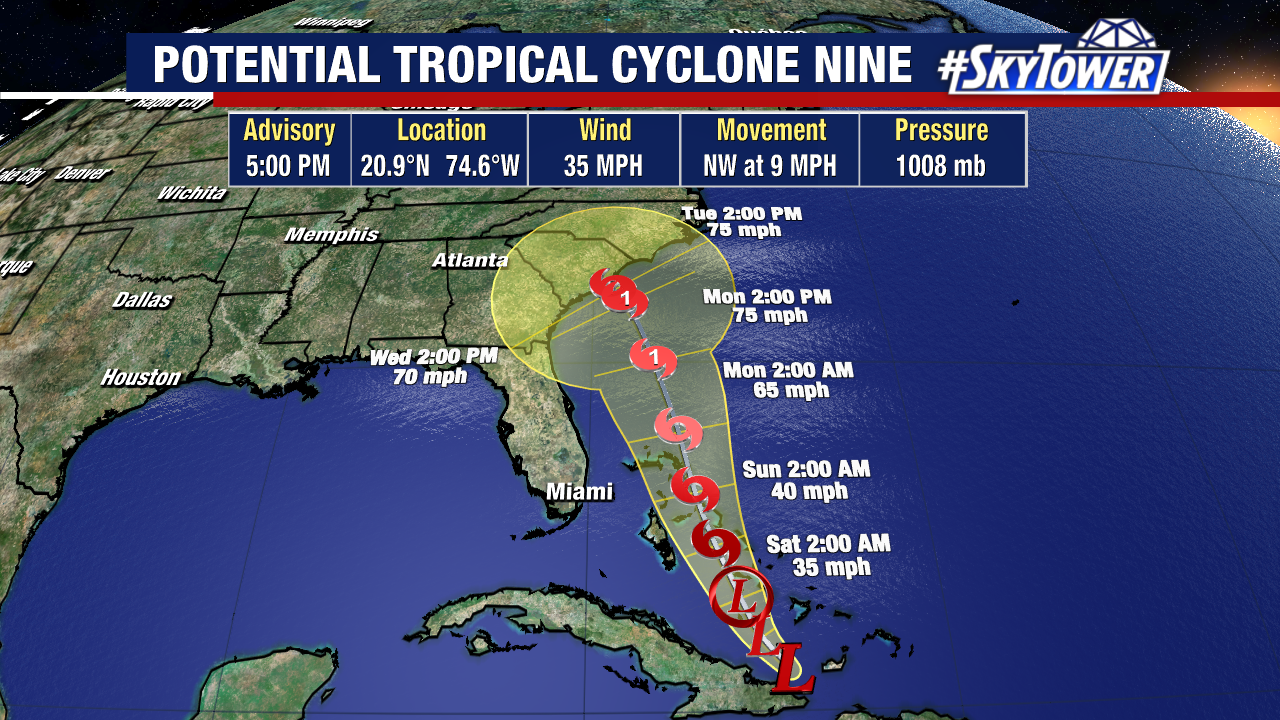
Potential Tropical Cyclone Nine (soon to be named “Imelda”) has formed off the coast of Cuba.
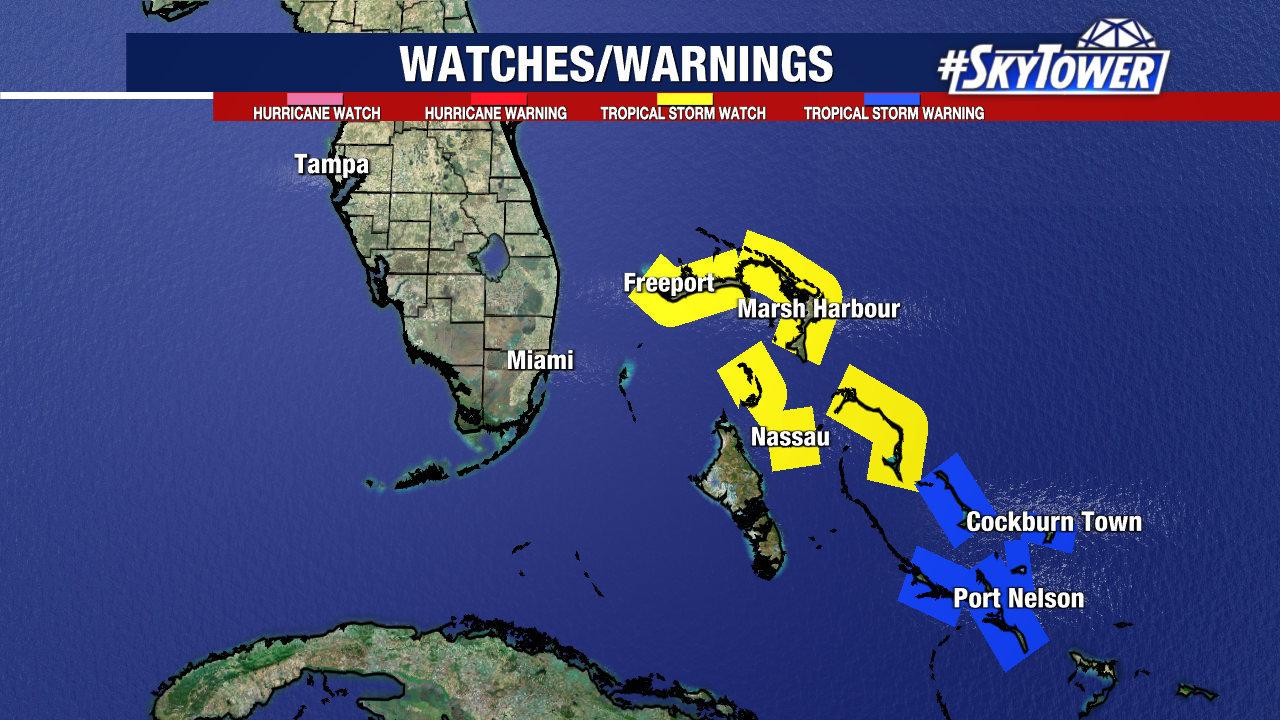
This is expected to become a tropical storm over the weekend, prompting tropical storm warnings for the Bahamas.
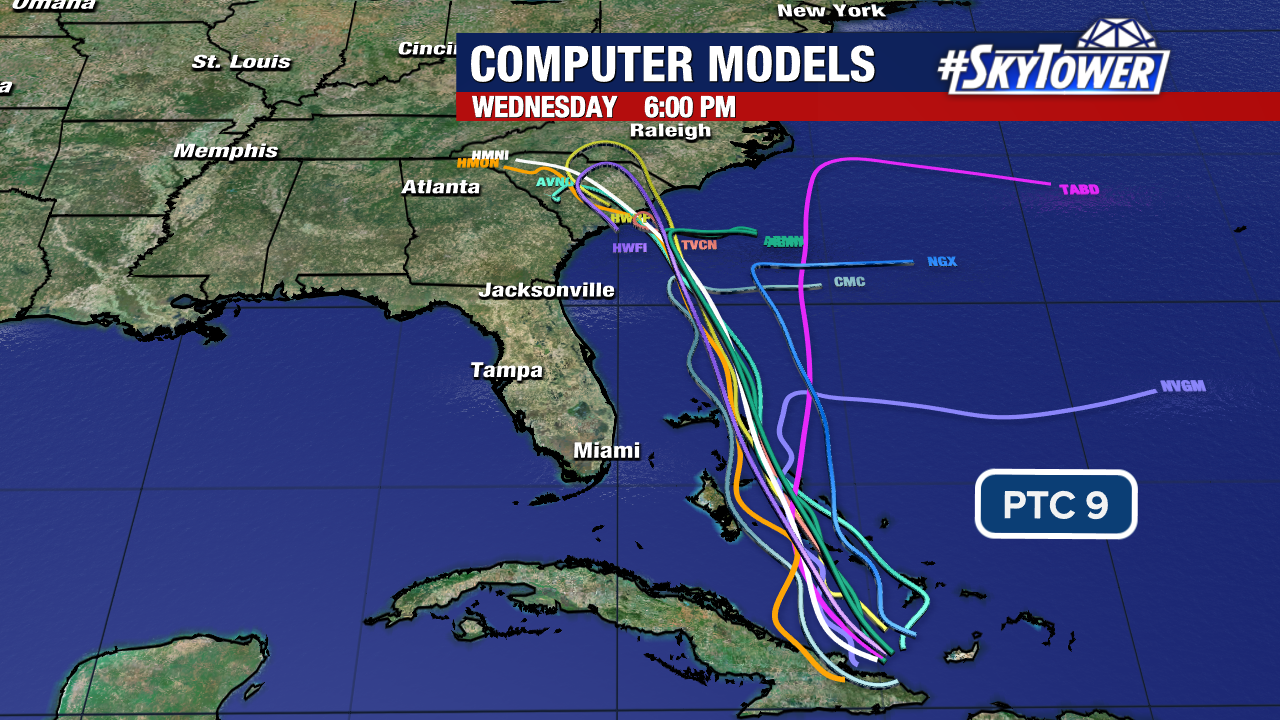
This system should parallel the east coast of Florida before possibly making landfall early next week.
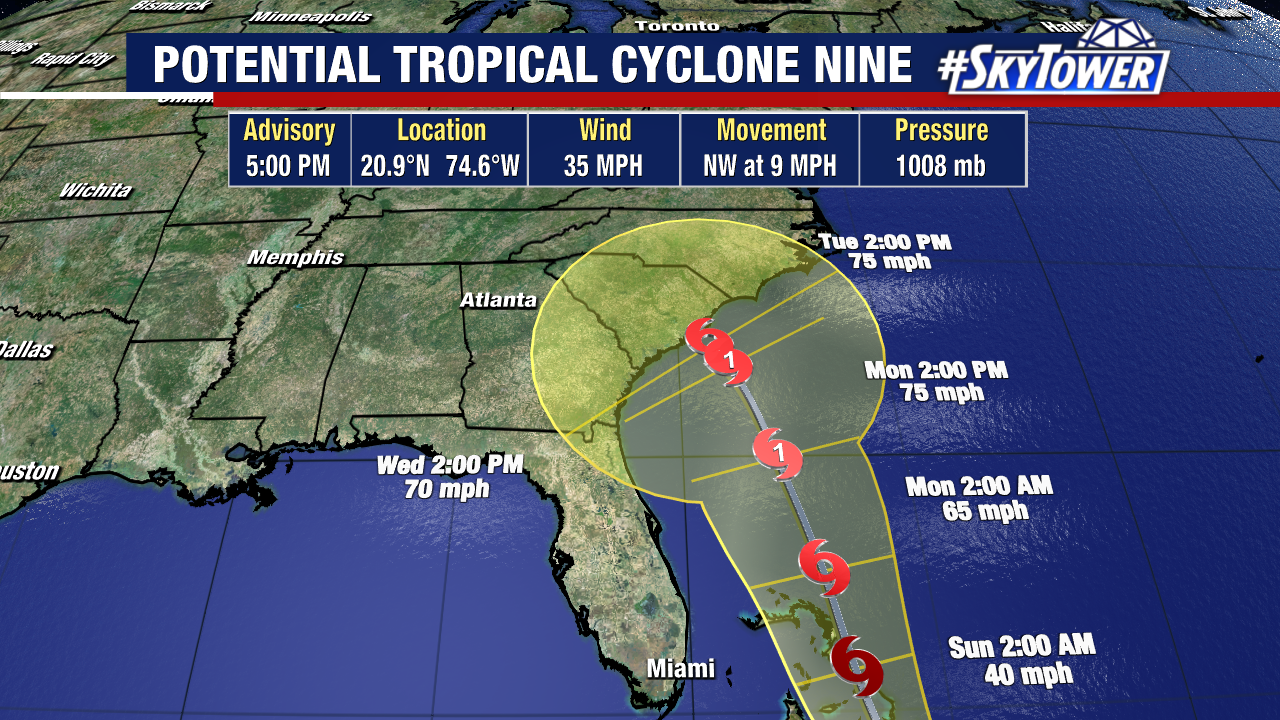
The system (soon to be named “Imelda”) will likely strengthen into a hurricane by Monday afternoon.
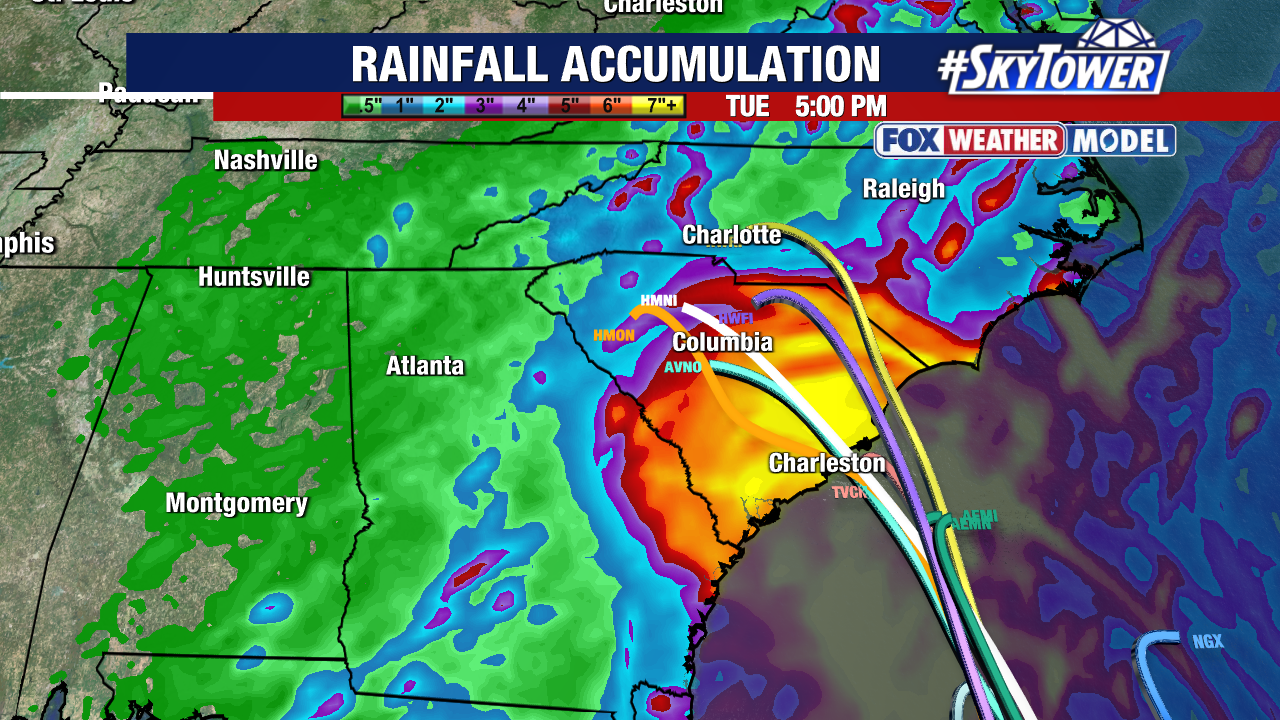
There is an increasing threat across Georgia and the Carolinas for flash, urban, and river flooding brought on by the storm. Storm surge and wind impacts will be possible for these areas, with specifics determined after the storm forms.
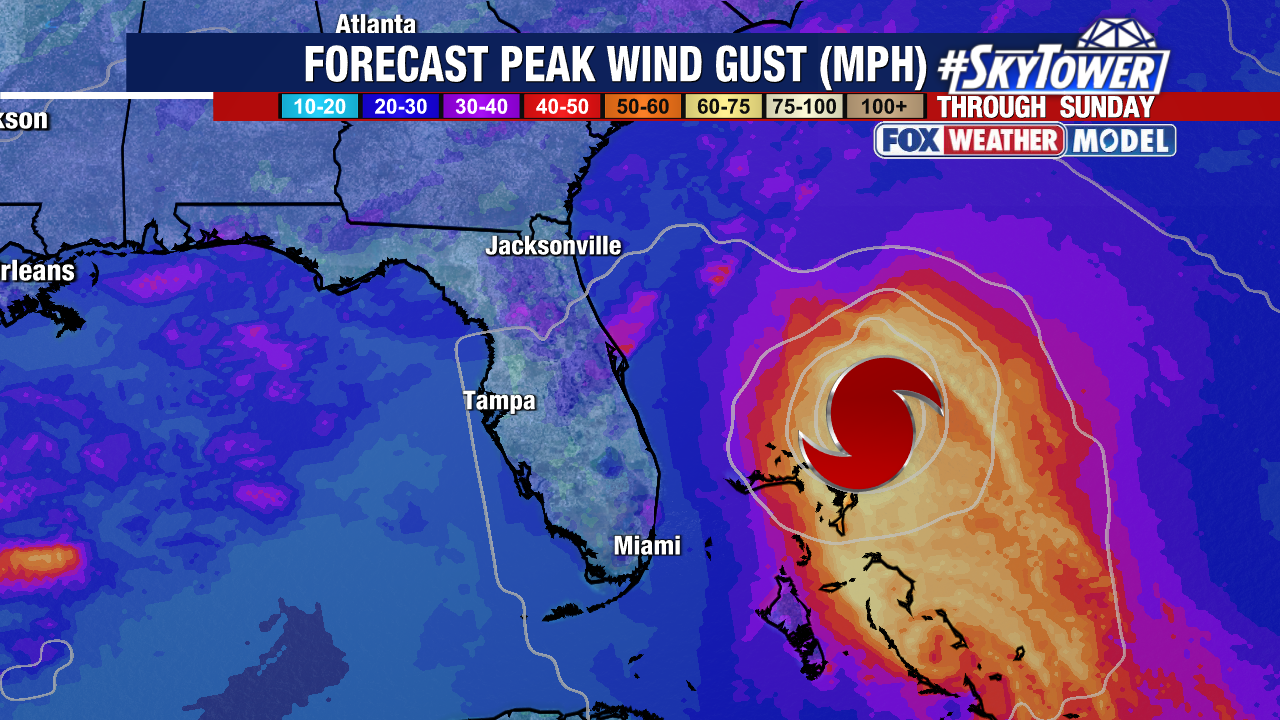
The east coast of Florida should monitor this system, though it’s unlikely to receive significant impacts from it. This should not meaningfully impact Tampa Bay or Florida’s Gulf coast.
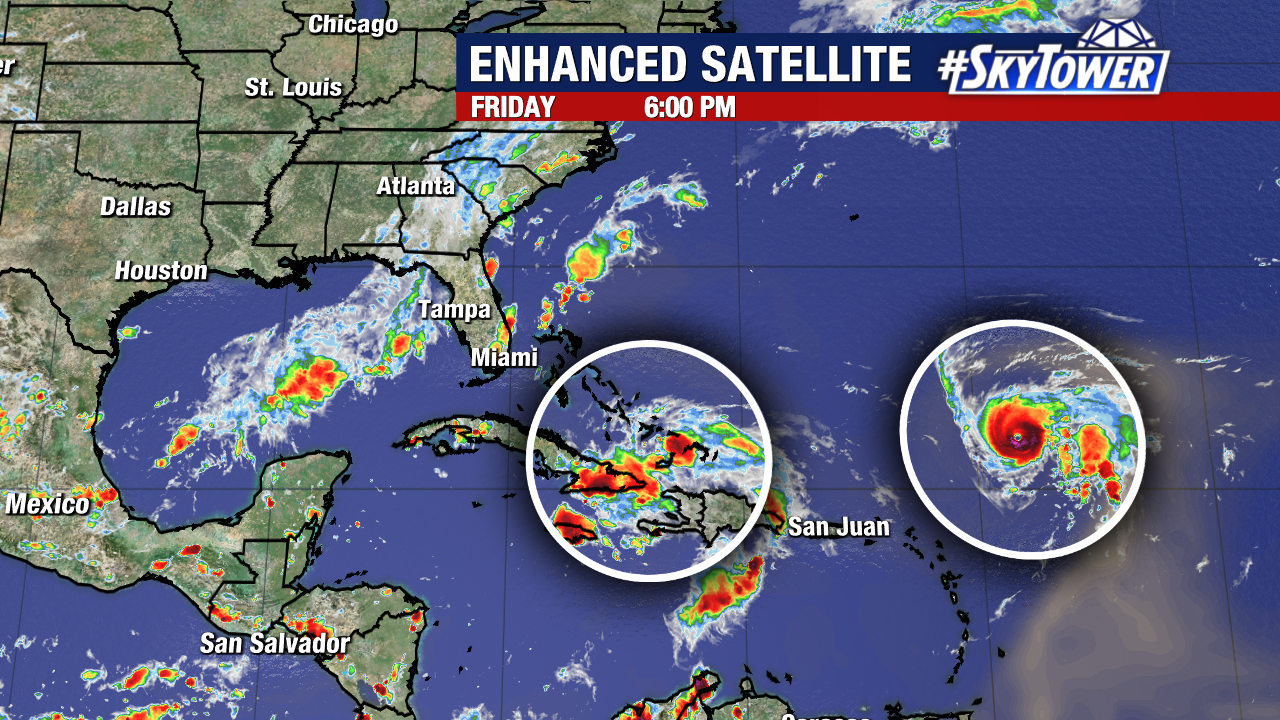
Meanwhile, Humberto is now a major hurricane. It should continue strengthening over the weekend and remain well east of the United States.
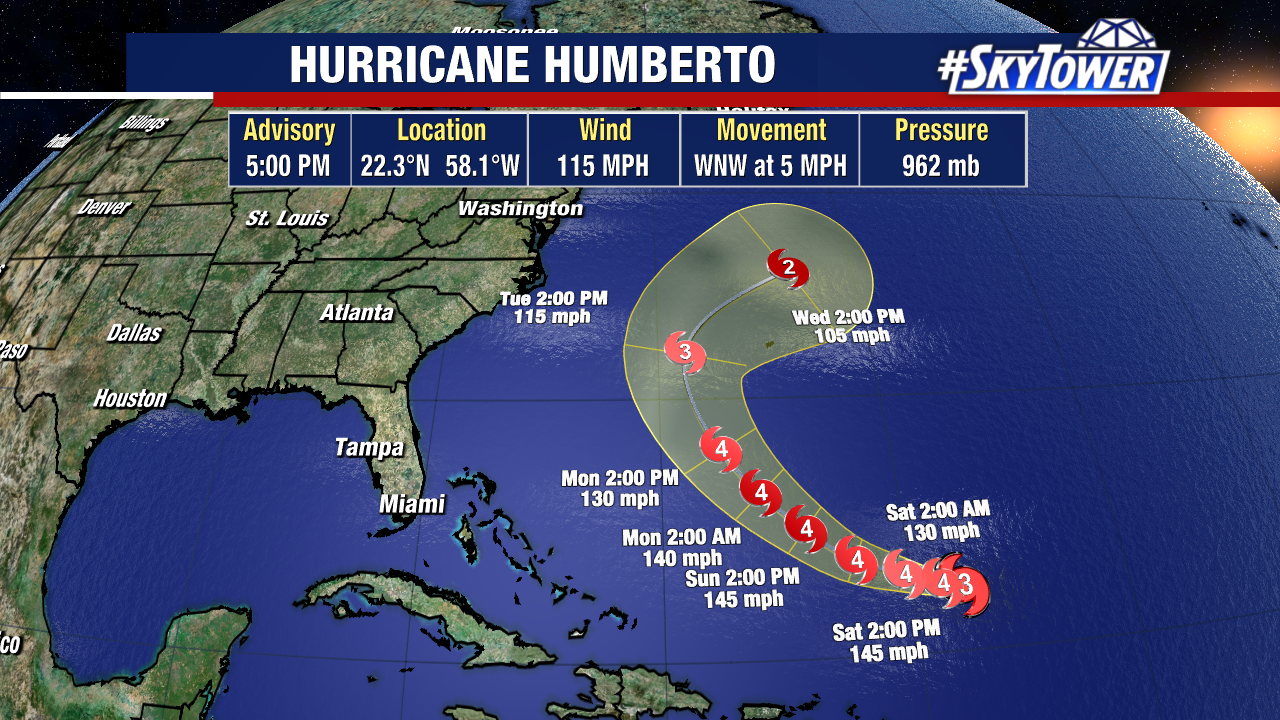
Bermuda is included within its forecast cone and should follow Humberto’s progress carefully.

